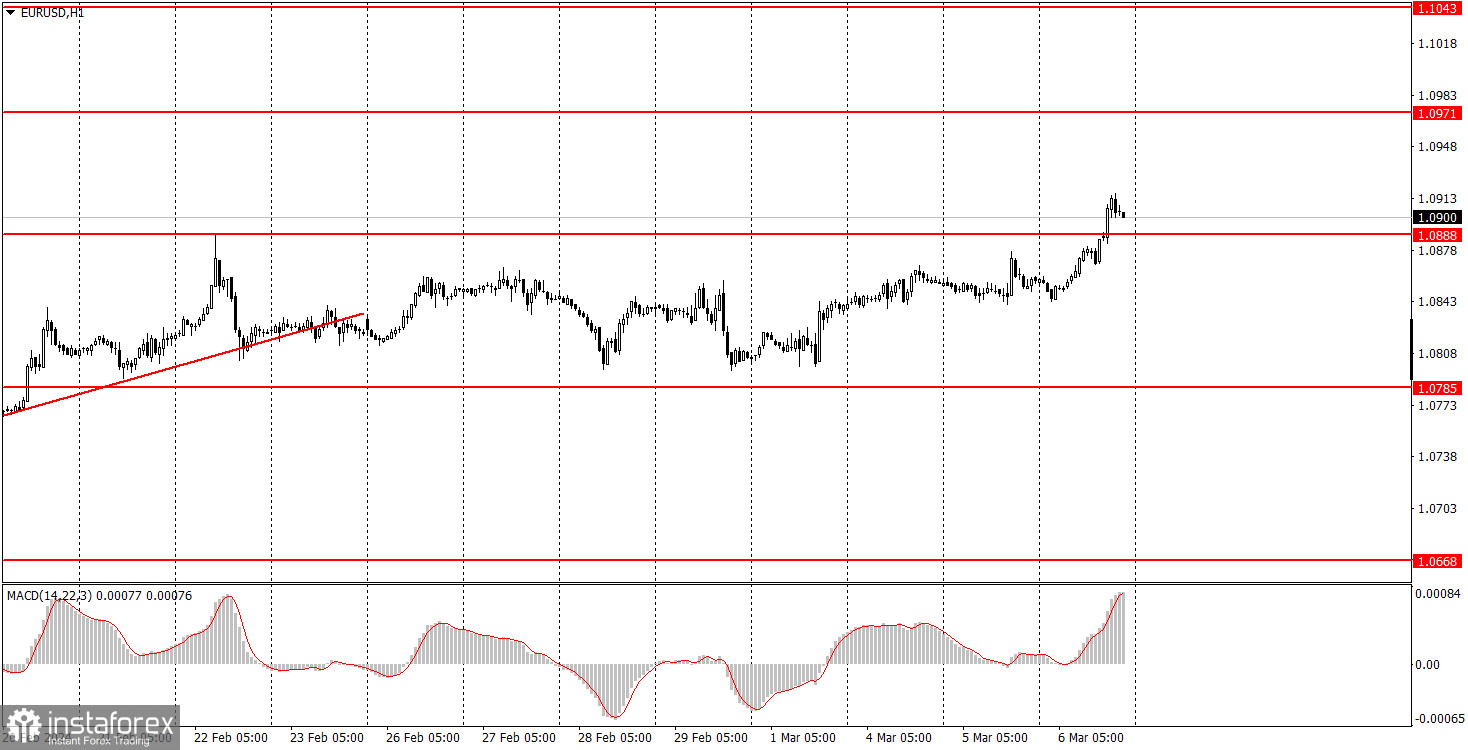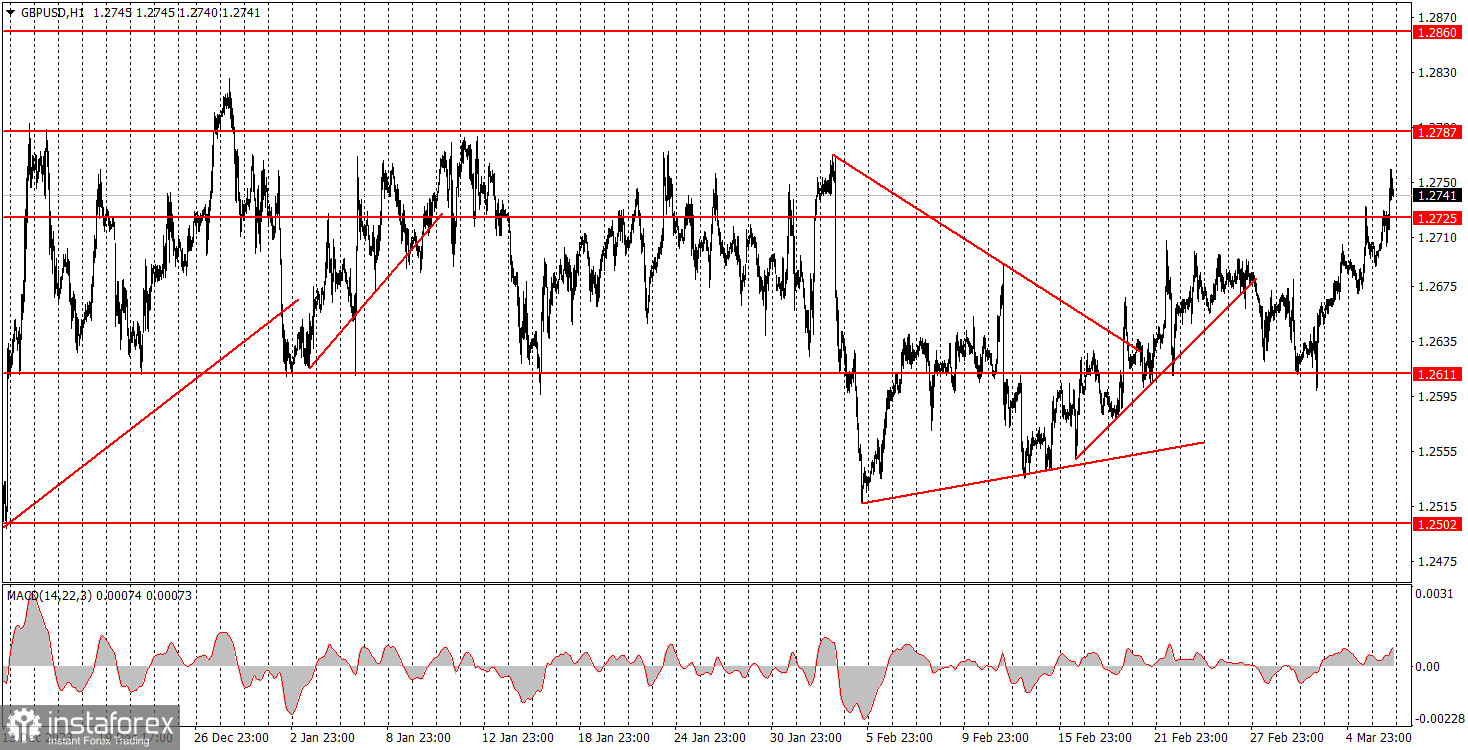Analysis of macroeconomic reports:

There are few macroeconomic events on Thursday. The key event of the day will be the European Central Bank meeting, along with ECB President Christine Lagarde's speech, which we will discuss a bit later. We will only highlight the US report on jobless claims. Obviously, this report will be overshadowed by the speeches of Lagarde and Federal Reserve Chair Jerome Powell. The euro and the pound are rising again, and yesterday, they showed positive trades. Therefore, it's far from certain that the dollar will be able to rise today, even if the news supports it.
Analysis of fundamental events:
There will be few fundamental events on Thursday, but all of them are important. The results of the ECB meeting will be announced. The market will use any reason to buy the euro. Therefore, the single currency could still rise even if the central bank's results turn out to be neutral. The same applies to the pound, even if the ECB meeting is not directly related to it. Then we have Lagarde and Powell's speeches. Everything will depend on the market itself and how it interprets today's information. Yesterday, Powell mentioned that the Fed will hold rates at its peak, which is, in fact, a hawkish statement that was supposed to support the dollar. However, the dollar fell and it might even do the same thing today.
General conclusion:
On Thursday, it makes sense to take notice of remarks by Lagarde and Powell. It would be even more accurate to say: be attentive and cautious when the two central bank chiefs deliver their speeches. We have already heard from Powell, so Lagarde's speech may be the key event for today. Despite the fact that the ECB president may soften the tone of her rhetoric after the February inflation report, it does not guarantee that the euro will fall.
Basic rules of a trading system:
1) Signal strength is determined by the time taken for its formation (either a bounce or level breach). A shorter formation time indicates a stronger signal.
2) If two or more trades around a certain level are initiated based on false signals, subsequent signals from that level should be disregarded.
3) In a flat market, any currency pair can produce multiple false signals or none at all. In any case, the flat trend is not the best condition for trading.
4) Trading activities are confined between the onset of the European session and mid-way through the U.S. session, after which all open trades should be manually closed.
5) On the 30-minute timeframe, trades based on MACD signals are only advisable amidst substantial volatility and an established trend, confirmed either by a trendline or trend channel.
6) If two levels lie closely together (ranging from 5 to 15 pips apart), they should be considered as a support or resistance zone.
How to read charts:
Support and Resistance price levels can serve as targets when buying or selling. You can place Take Profit levels near them.
Red lines represent channels or trend lines, depicting the current market trend and indicating the preferable trading direction.
The MACD(14,22,3) indicator, encompassing both the histogram and signal line, acts as an auxiliary tool and can also be used as a signal source.
Significant speeches and reports (always noted in the news calendar) can profoundly influence the price dynamics. Hence, trading during their release calls for heightened caution. It may be reasonable to exit the market to prevent abrupt price reversals against the prevailing trend.
Beginners should always remember that not every trade will yield profit. Establishing a clear strategy coupled with sound money management is the cornerstone of sustained trading success.






















